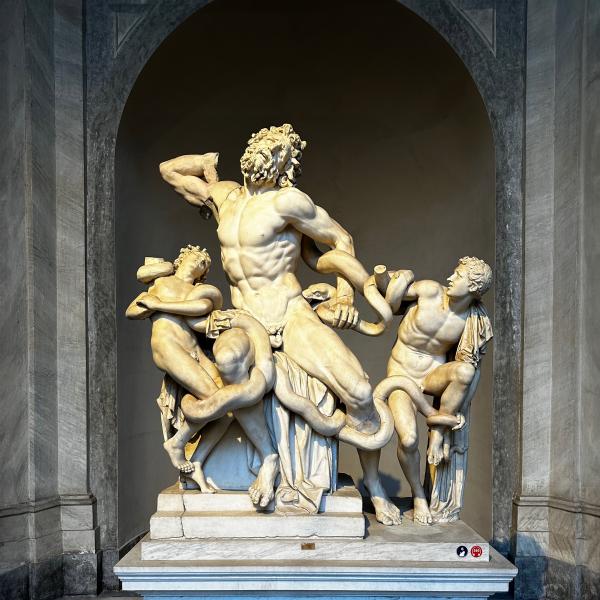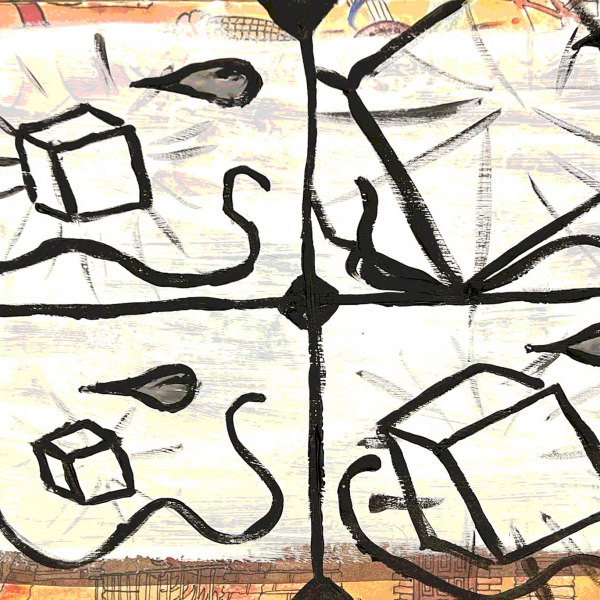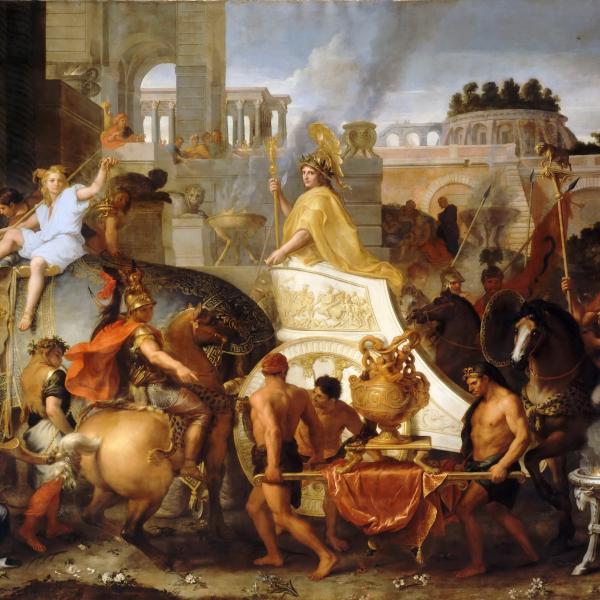We might be a long way from Harlem and the 1920s, but the spirit of a community of people—movers, thinkers, and artists—runs deep within us.
Our curriculum sessions have been extremely helpful in terms of sharing our most interesting research findings and our plans for integrating various facets of our experience here into our fall classrooms. However, in place of our curriculum planning session today, one of our brightest teachers organized a rent party.
Of course, rent parties, as many of us already know, were often organized in Harlem to help residents pay their high rents and avoid eviction. Residents might provide a spread of finger foods and a piano for entertainment, and then invite guests over to “raise the rent.”
In The Big Sea, Langston Hughes addresses these Harlem “house-rent” parties:
“Then it was that house-rent parties began to flourish—and not always to raise the rent either. But, as often as not, to have a get-together of one’s own, where you could do the black-bottom with no stranger behind you trying to do it, too.”
Perhaps to Hughes’ disappointment, there wasn’t much dancing at our rent party. And we didn’t raise the rent either. But we did have a get together of our own. Everyone pitched in to provide a fantastic spread of sandwich fixings, sides, and desserts. And as a cross talk, we broke out of our thematic groups: popular culture folks mingled with the institution builders while the literati talked blues with musicians. And although plans of “borrowing” a piano from a basement two buildings away fell through, we had our jazz blaring from an iPod dock, and we even had a special, live blues performance by one of our own.
Just as much of the New Negro Movement was founded on the principles of community building, at this institute, through intellectual readings, discussions, and events, we ourselves have built a community.
To quote Hughes in remembrance of our rent party today: “I can still hear their laughter in my ears, hear the soft slow music, and feel the floor shaking as the dancers danced.”
-- Laura E. Decker




